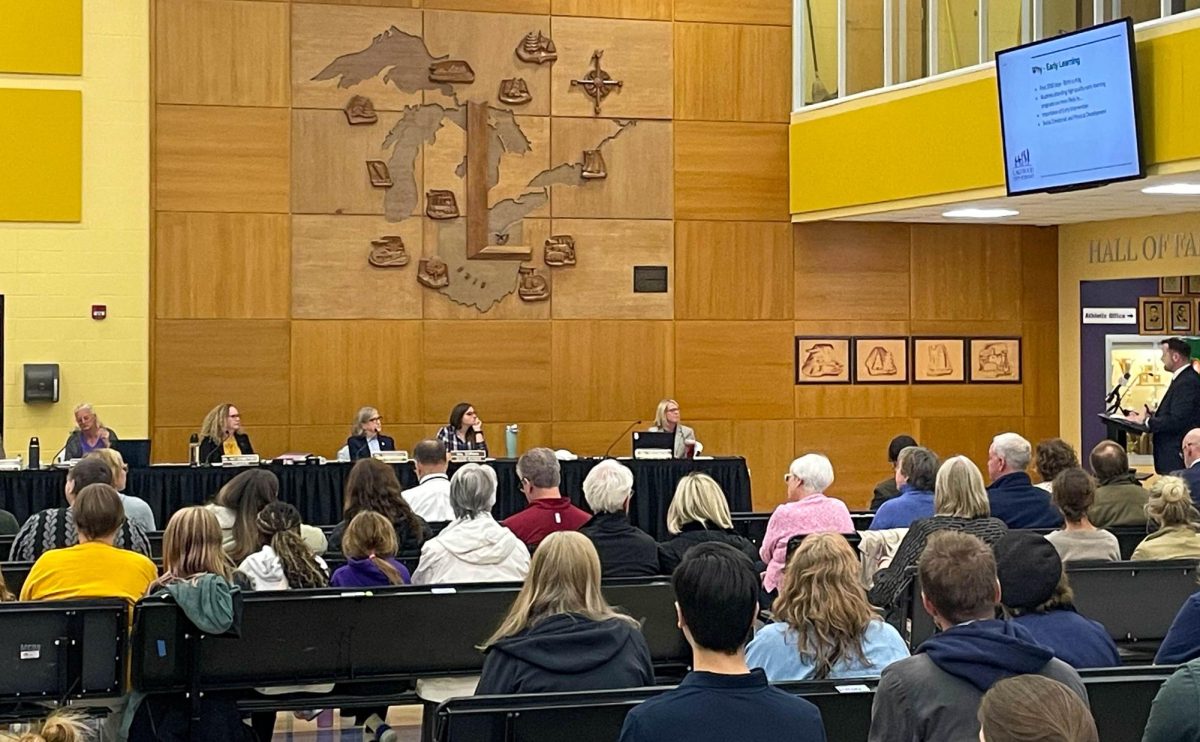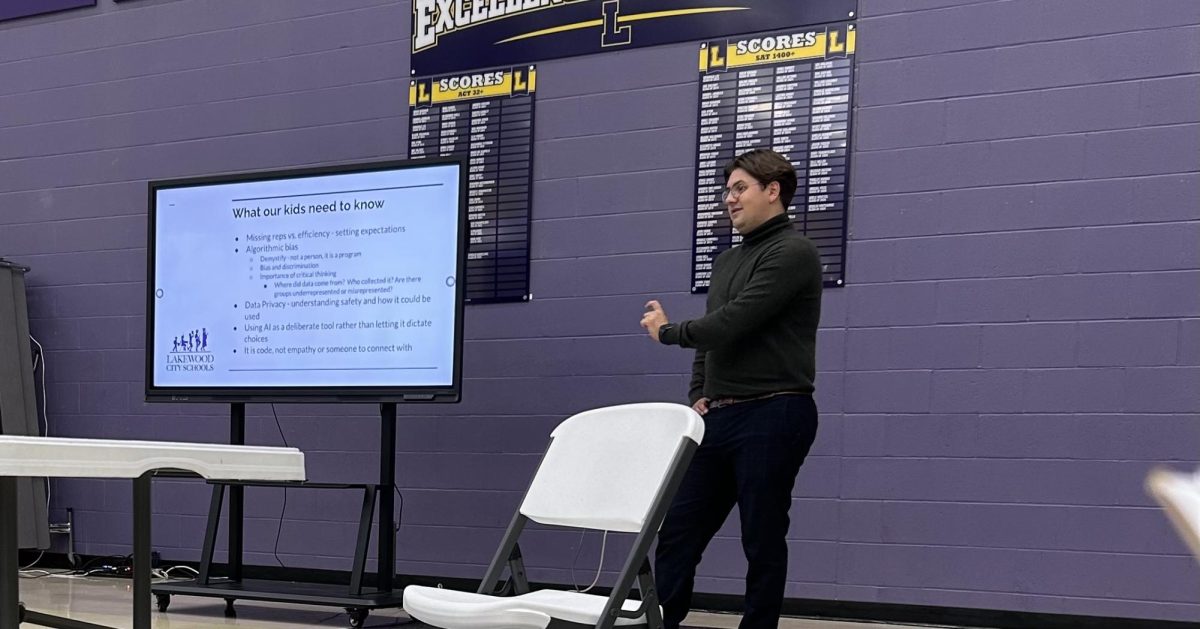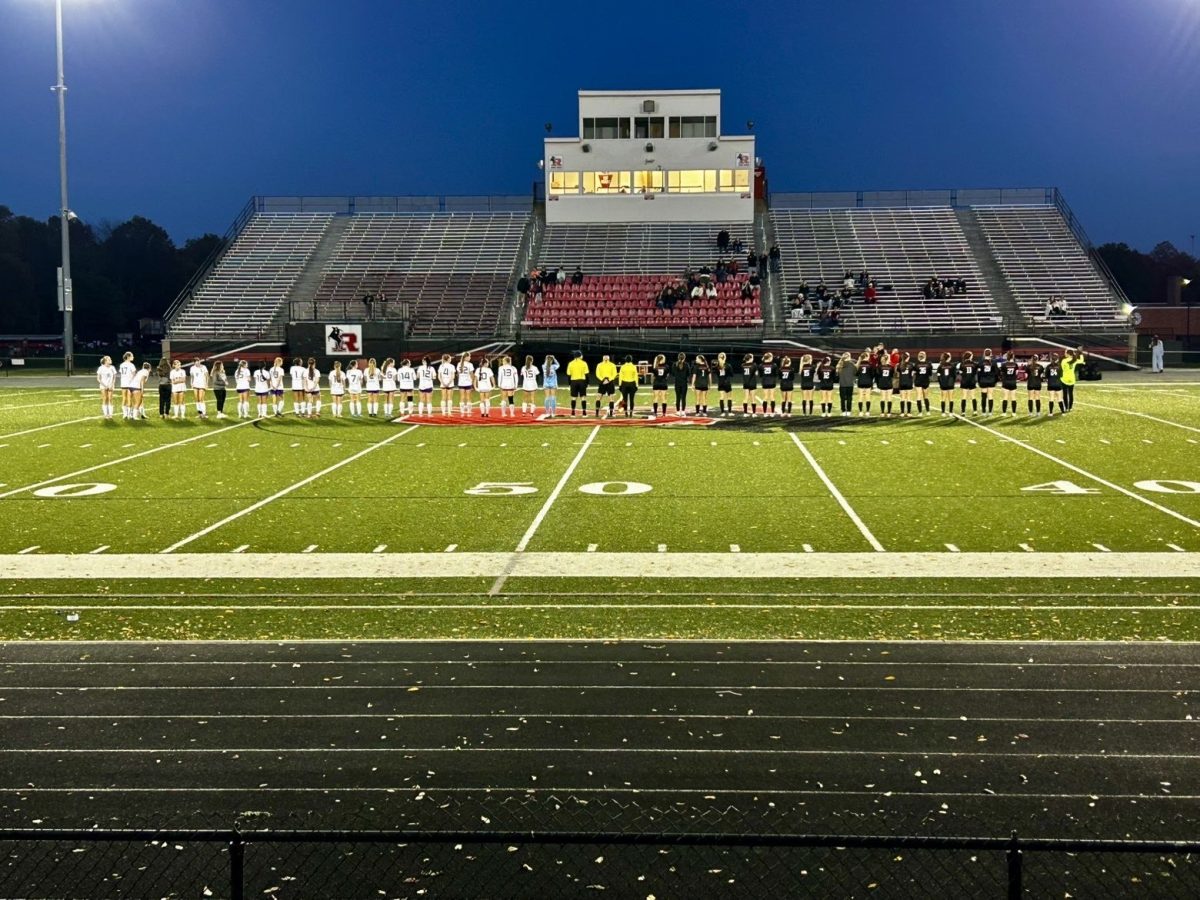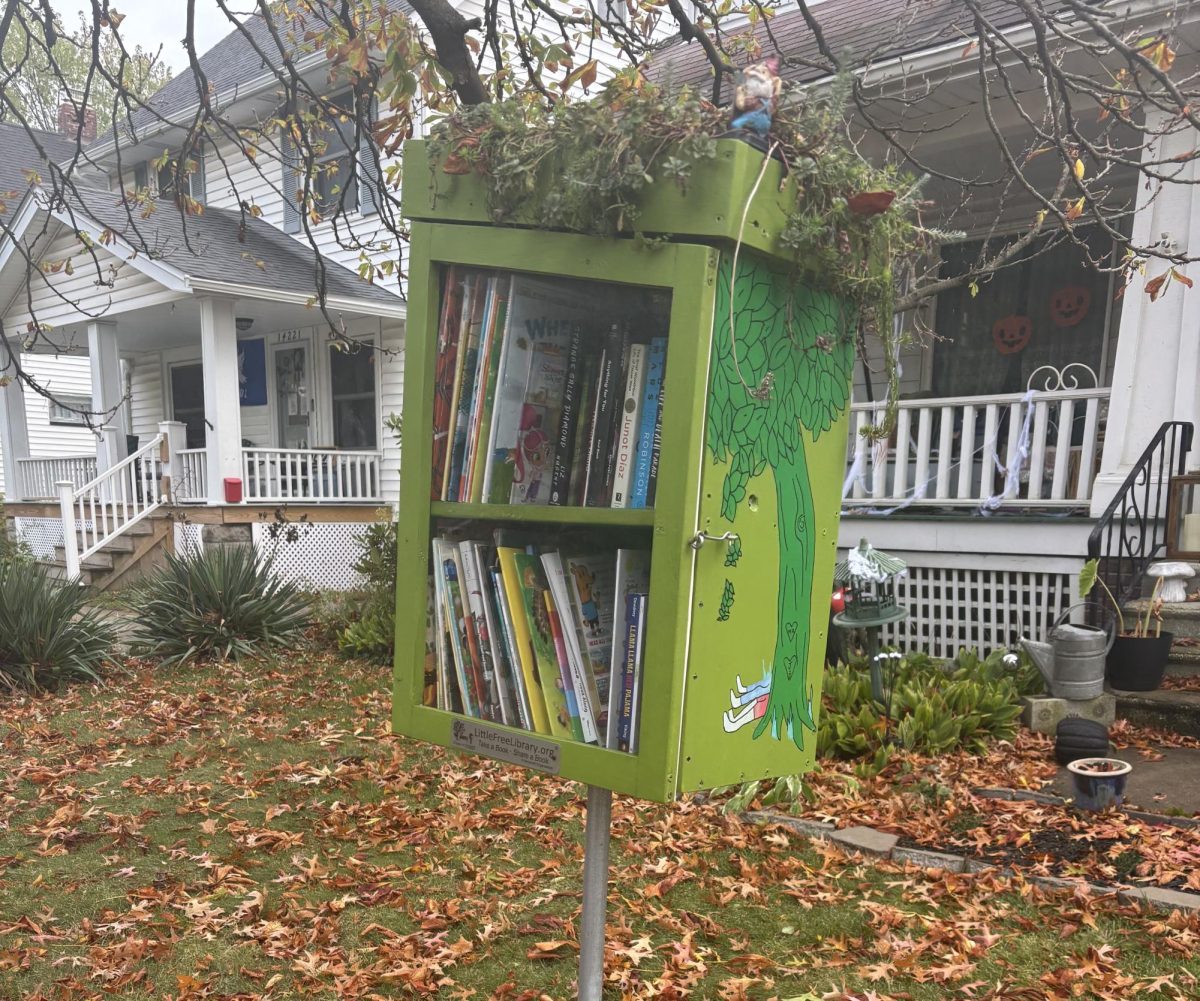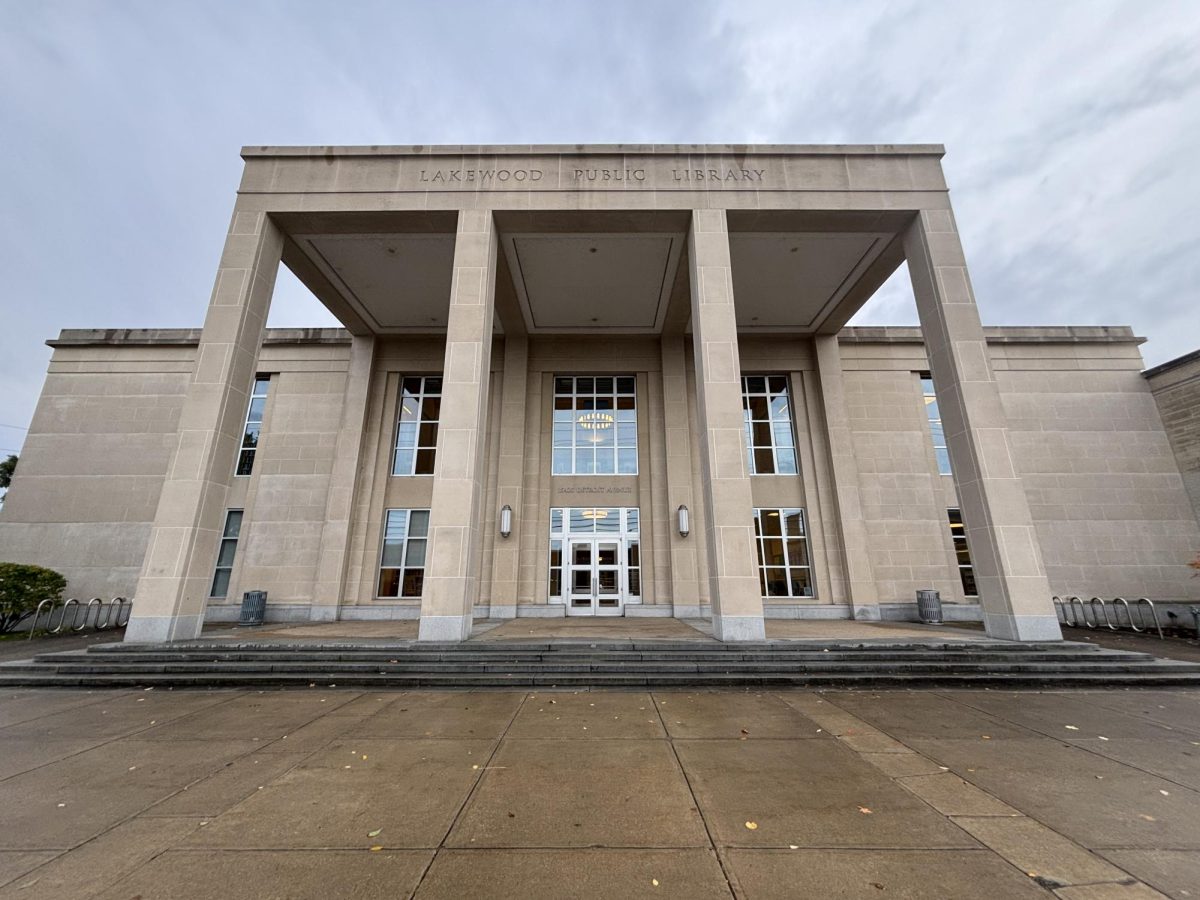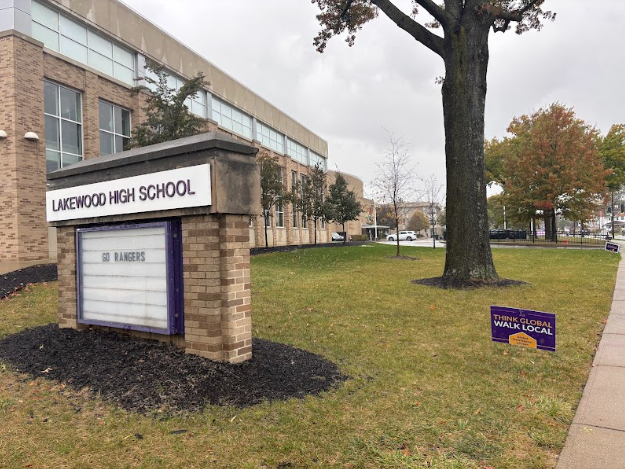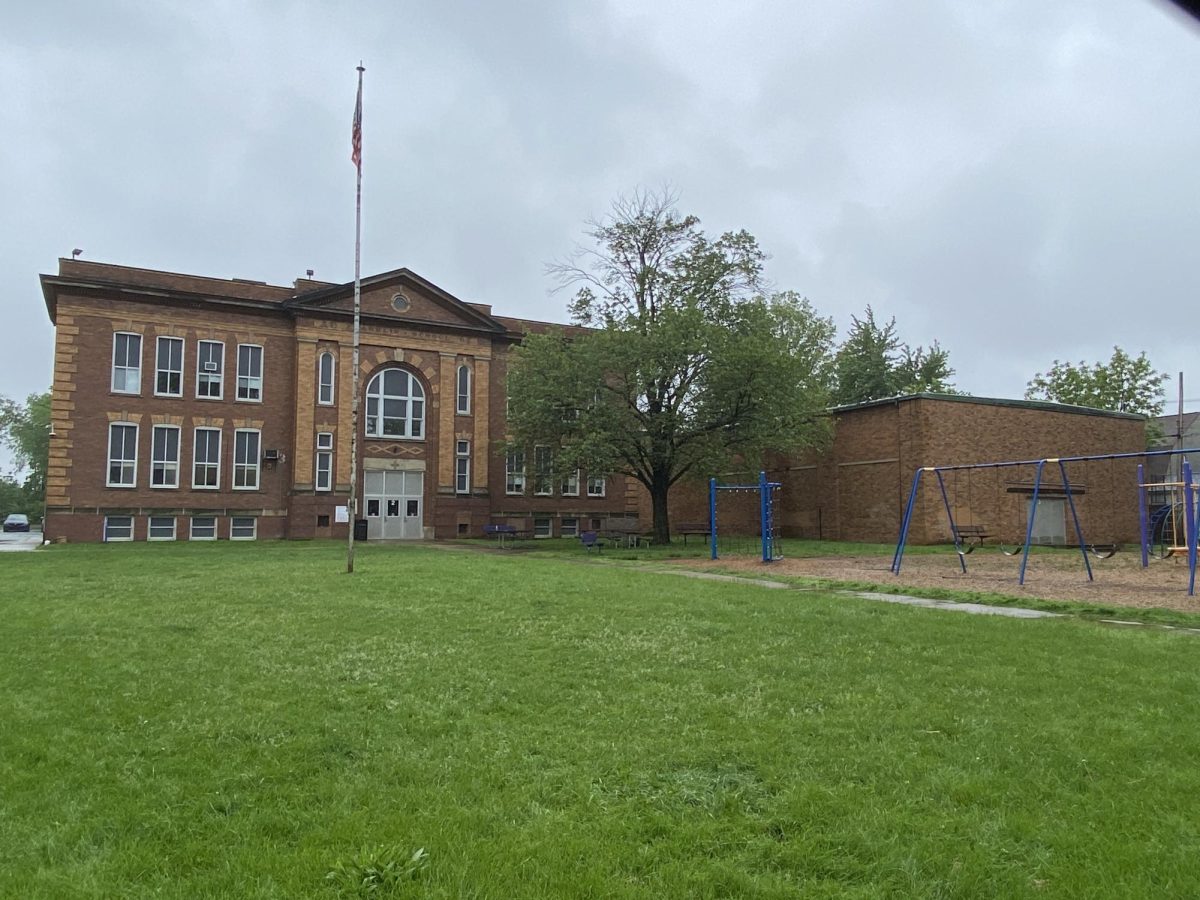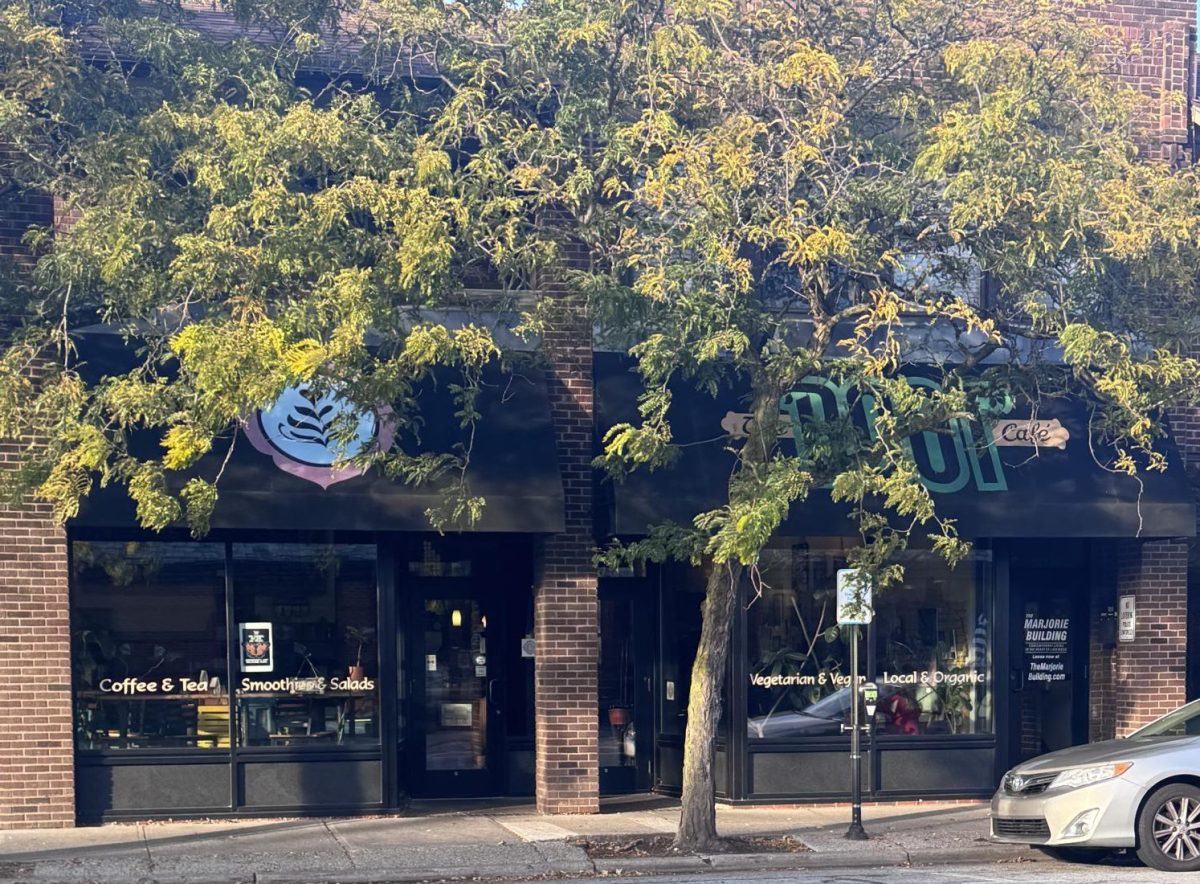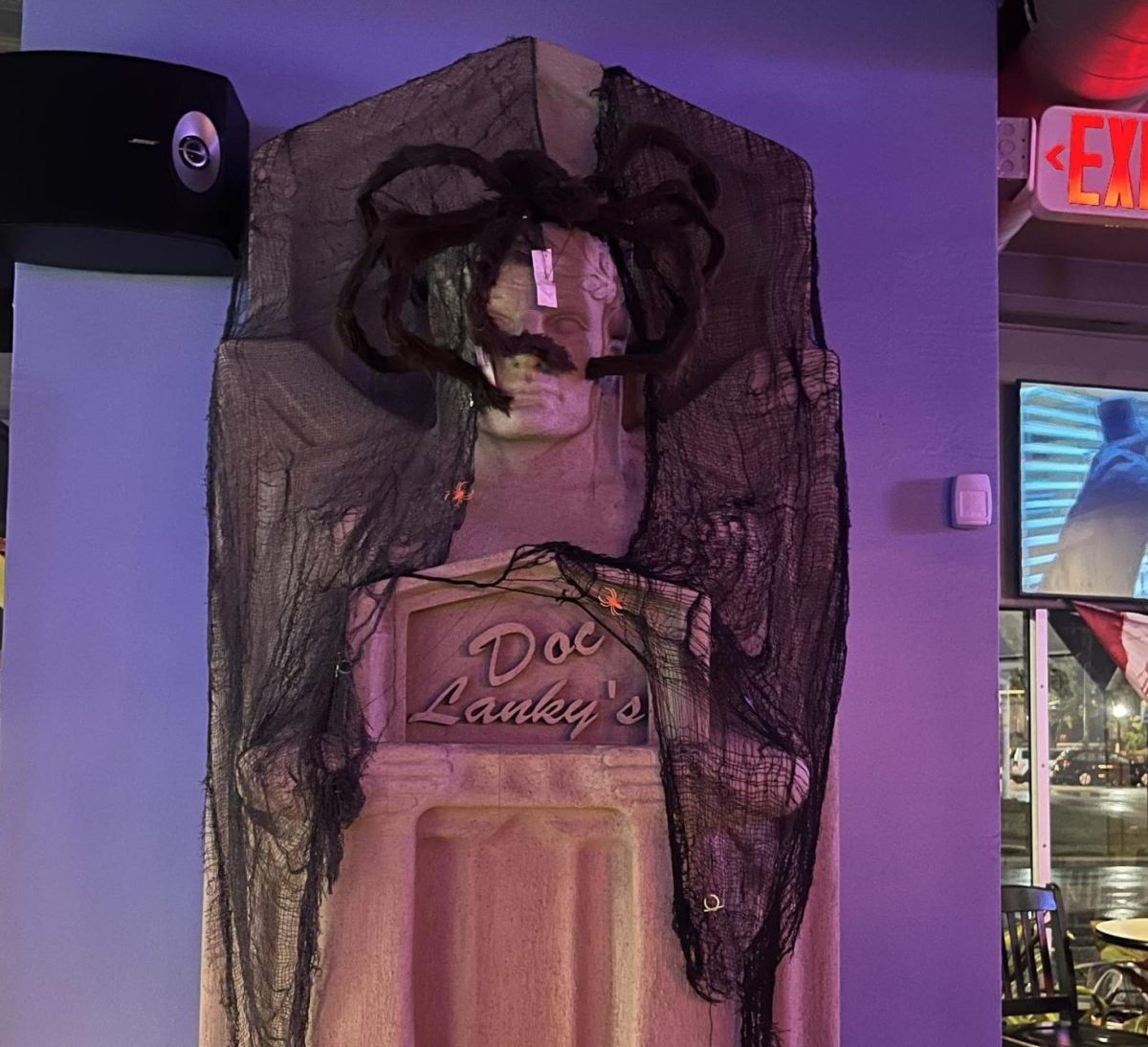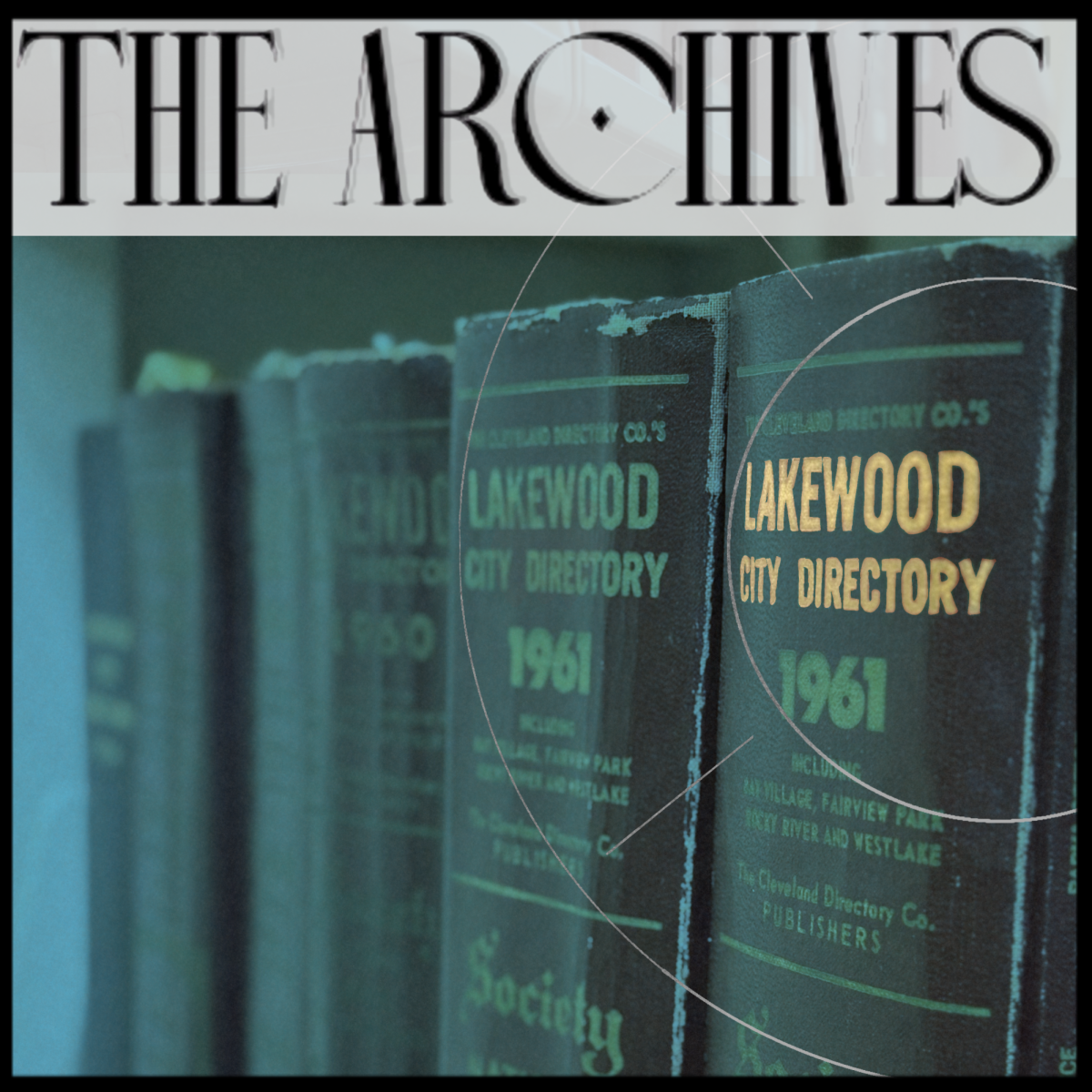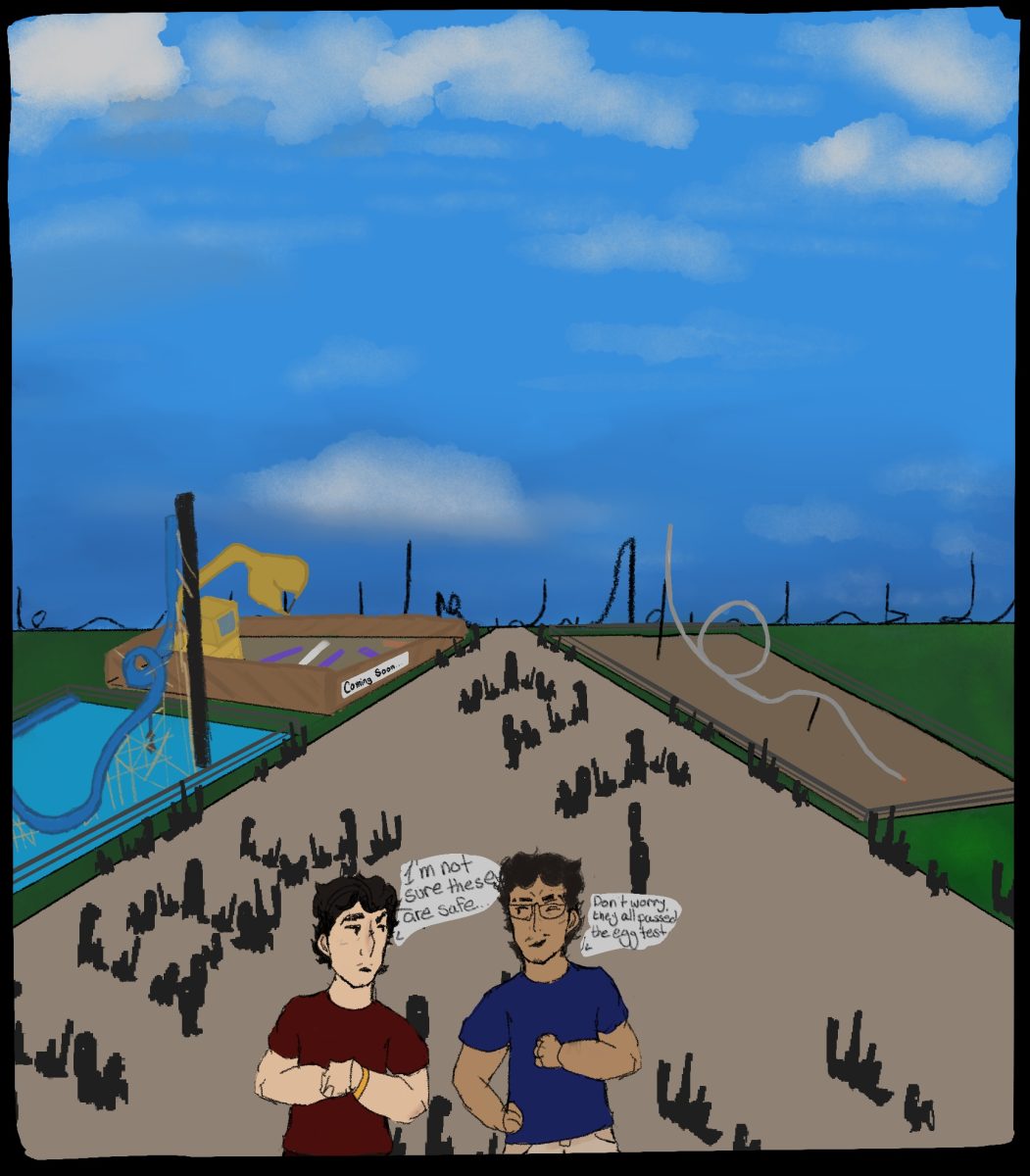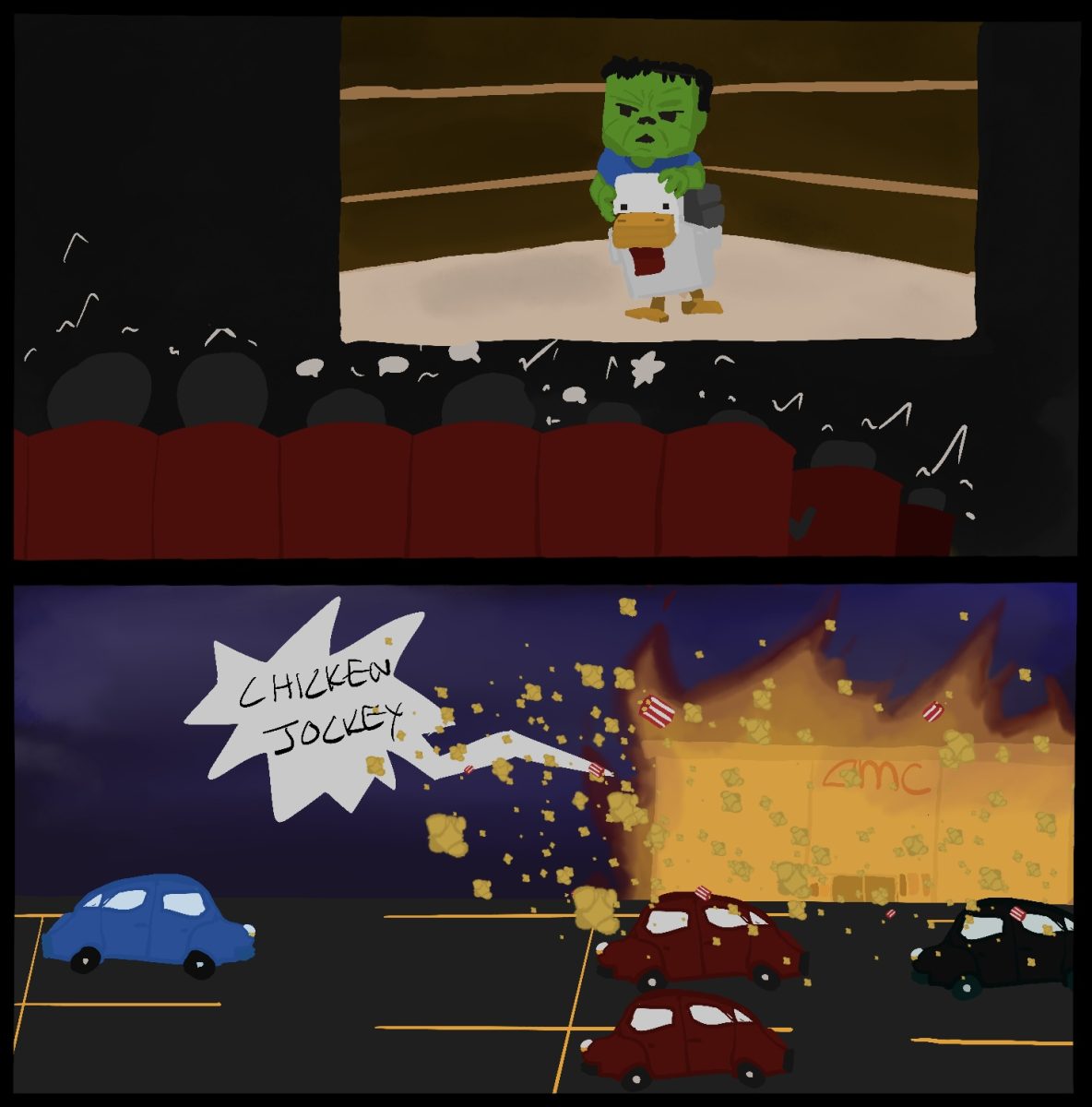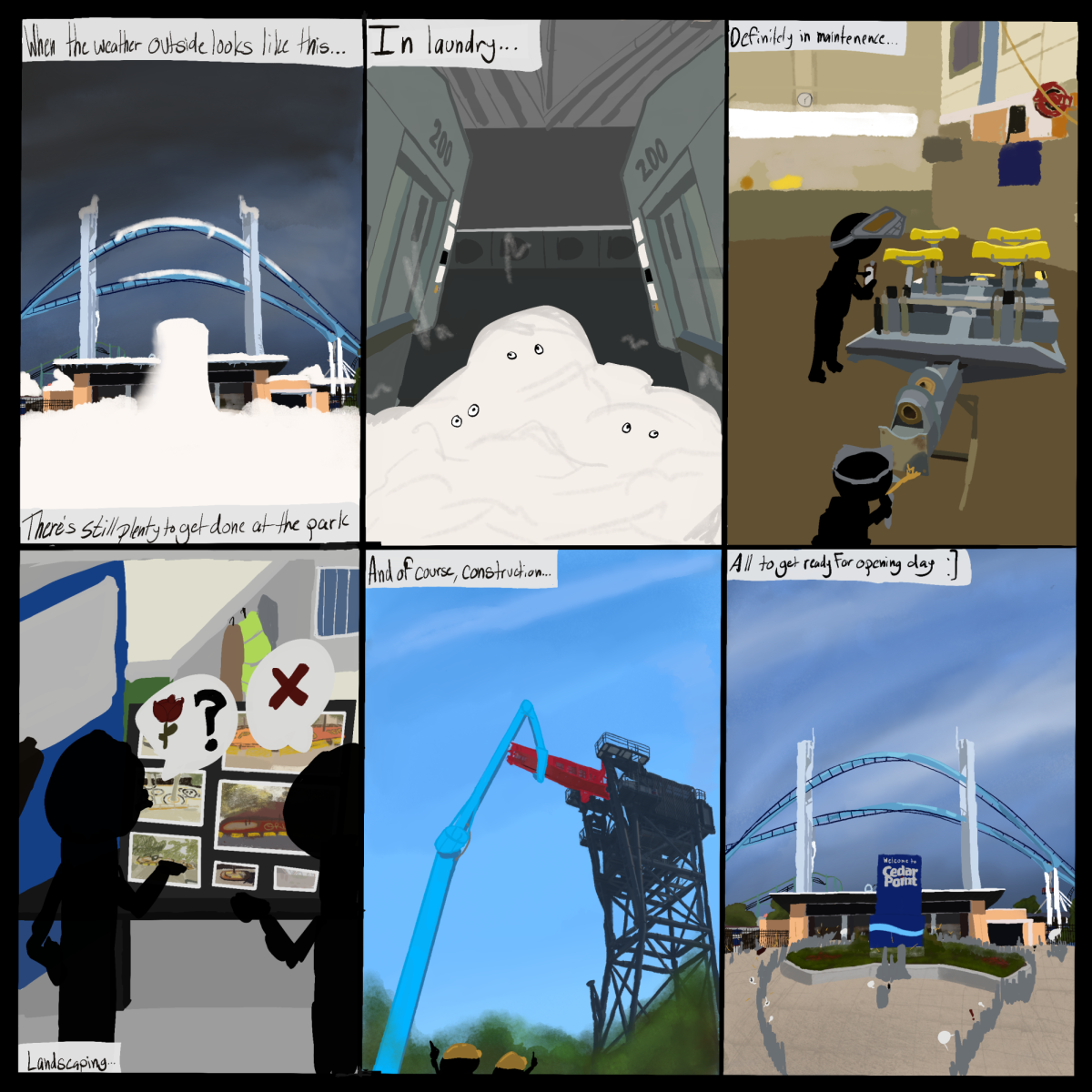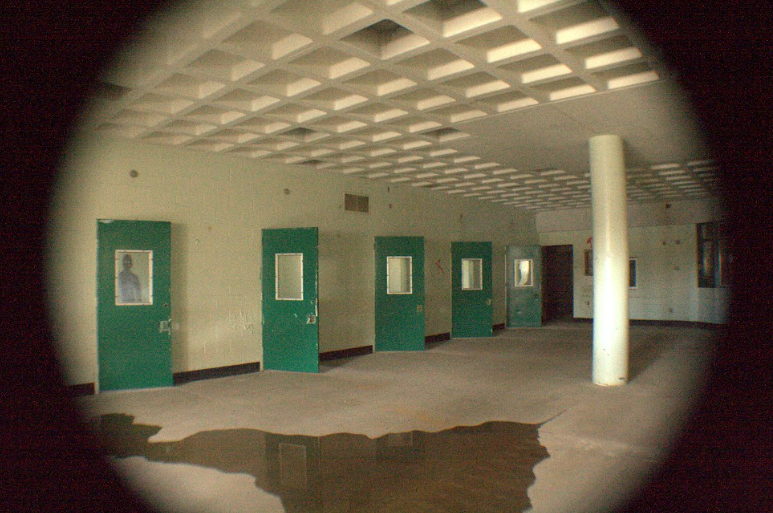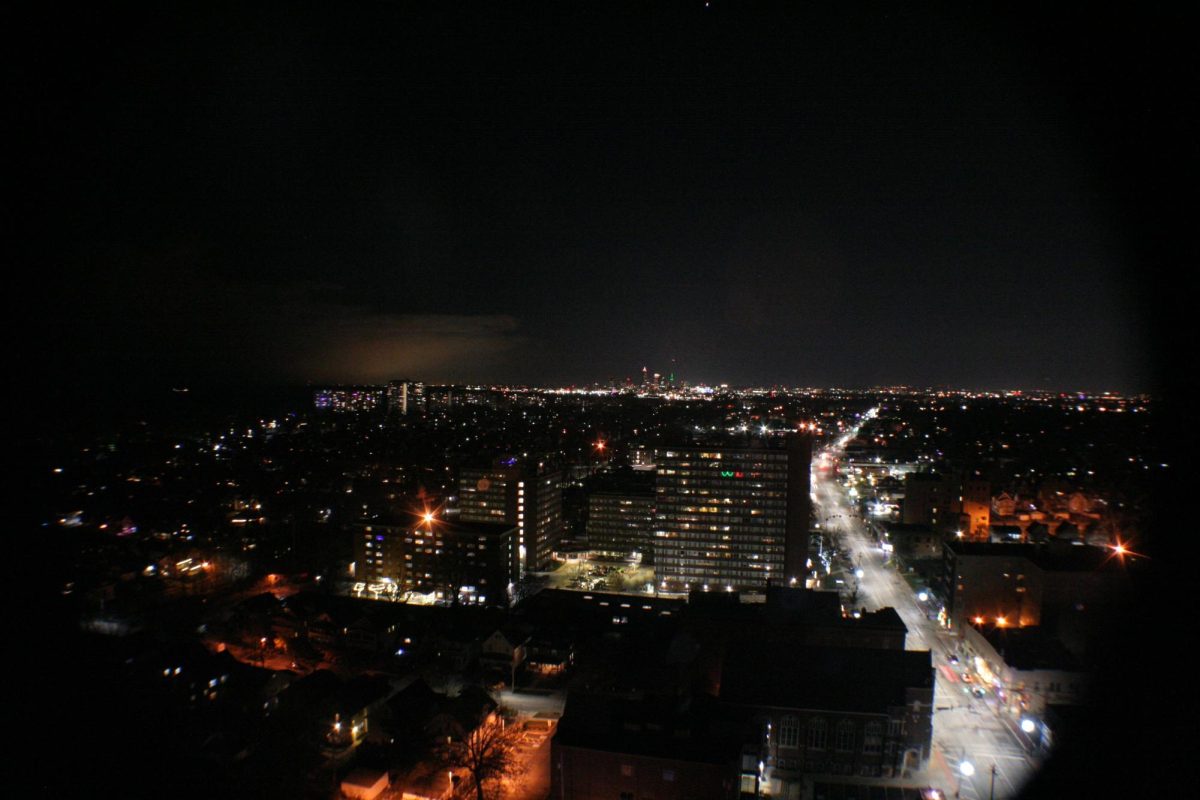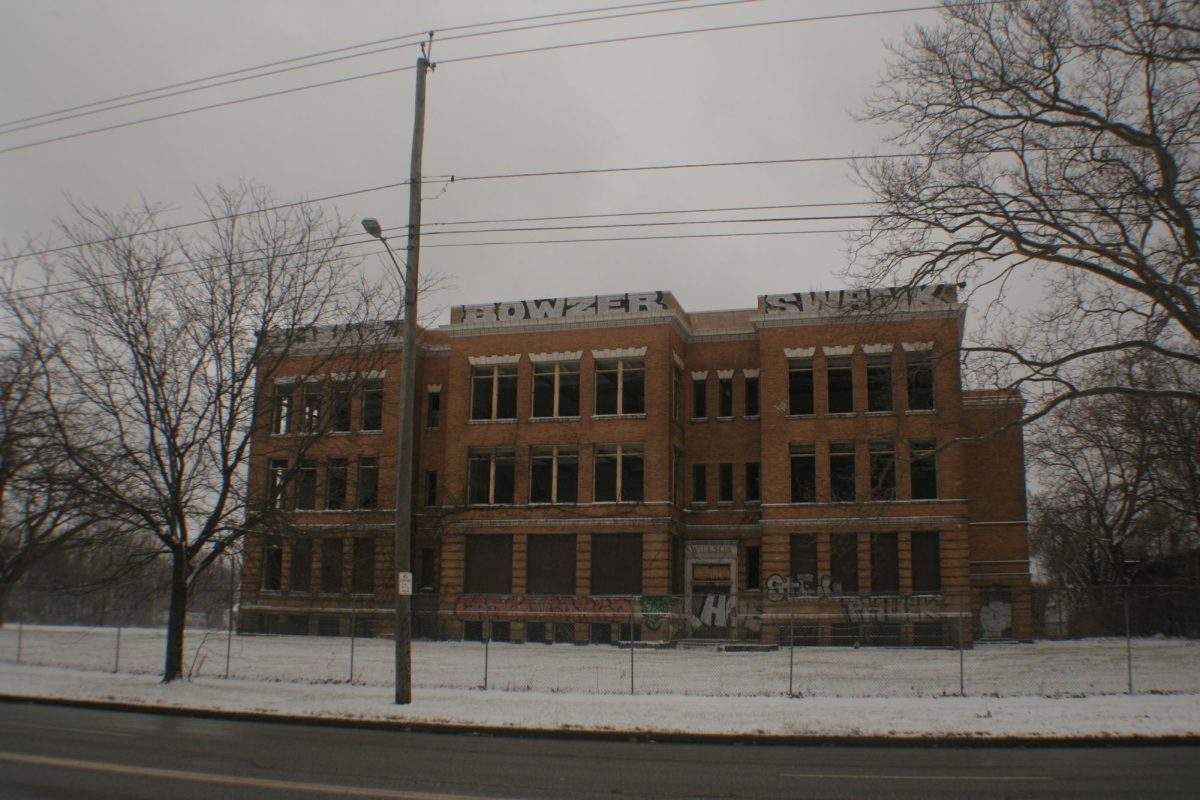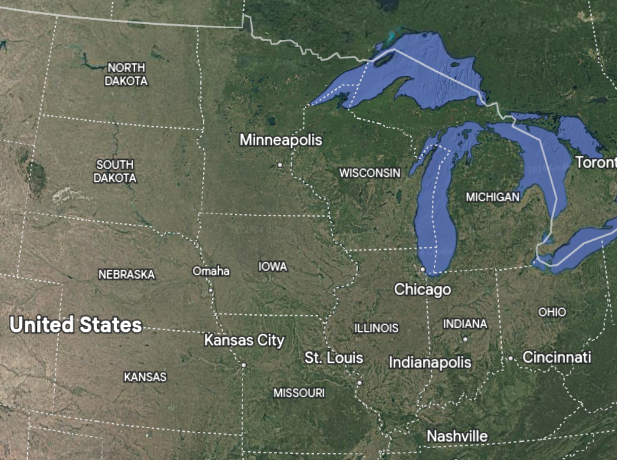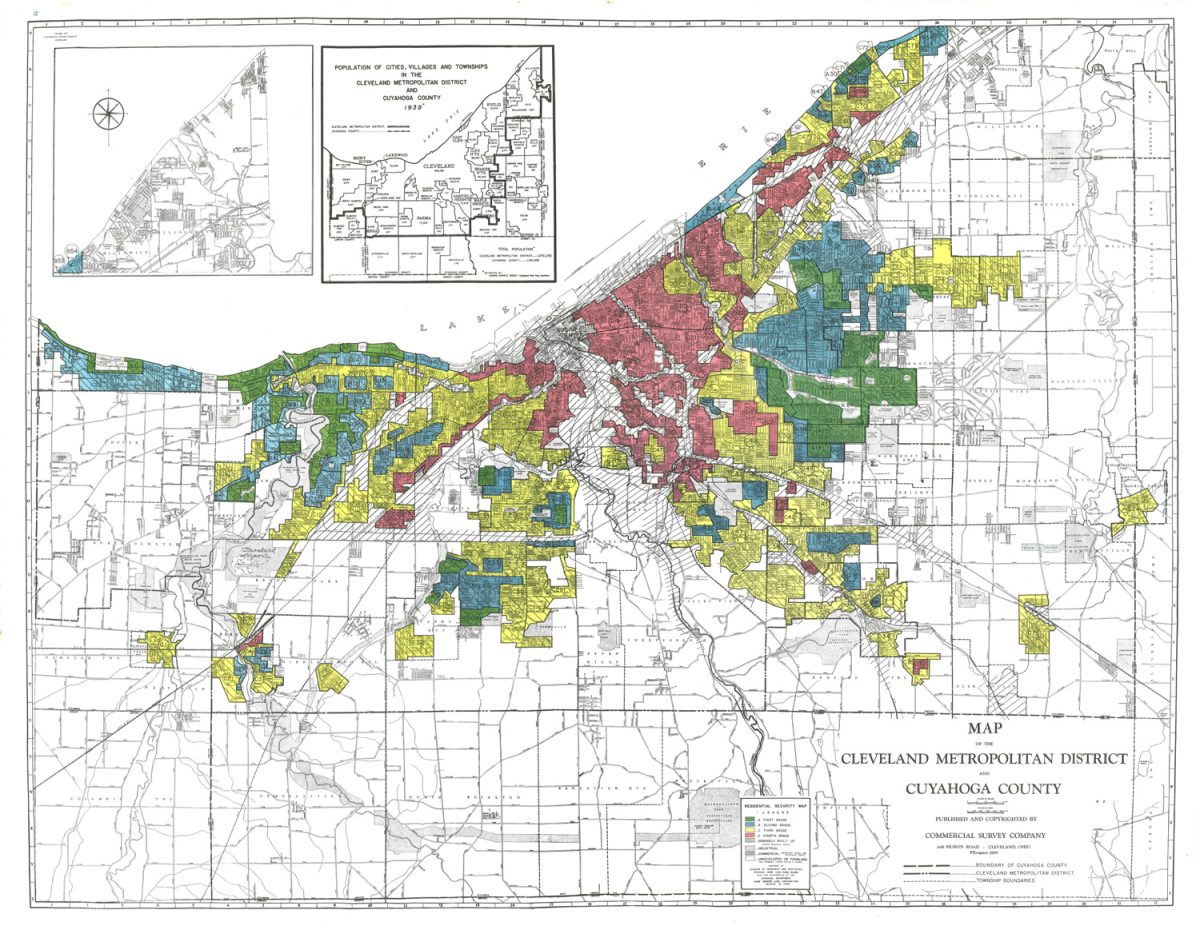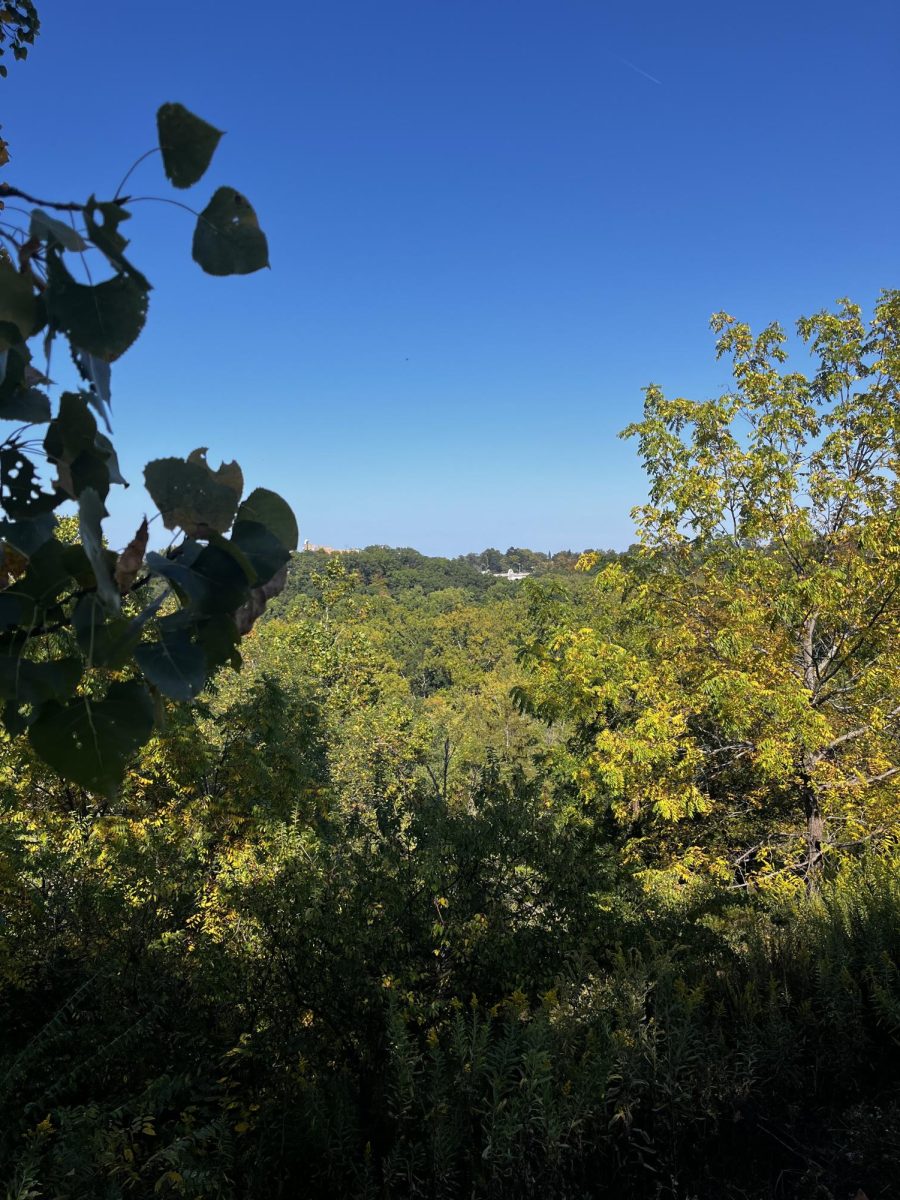The Roaring ’20s. The economy was booming, women had won the right to vote, Prohibition was in full swing, and the suburbs were ever-growing. During the 1920s, 17,000 people every year moved out of the city and into the suburbs, where life was simple and happy. With the large number of people found on these once-farm-dotted lands, a new challenge emerged: how to get all these people into the city to work. With congestion growing on the Detroit bridge connecting Rocky River to Lakewood, the cities had to find a solution.
In 1923, Lakewood, Ohio, put forward a proposal to build the Hilliard Bridge over the Rocky River from Lakewood to the city of Rocky River. They proposed a double-arch bridge made of concrete that would span a length of 860 feet across the valley at a height of 98 feet above the mighty roaring waters of the Rocky River. The project was eventually approved and later completed in 1925. With its 100th birthday coming up in October, we should give it the ultimate birthday gift: retiring it from working 24-hour shifts every day for the rest of its life.
Over a century ago, needs were different. The reasons this bridge was built surpass today’s needs. The bridges of Detroit Avenue, Lake Road, and Hilliard Boulevard were all constructed before I-90 intersected with all of them. They were essential to everyday life, but now they have become rather obsolete and outdated. The Hilliard Bridge is showing its age, and it’s causing issues and annoyance for many residents.
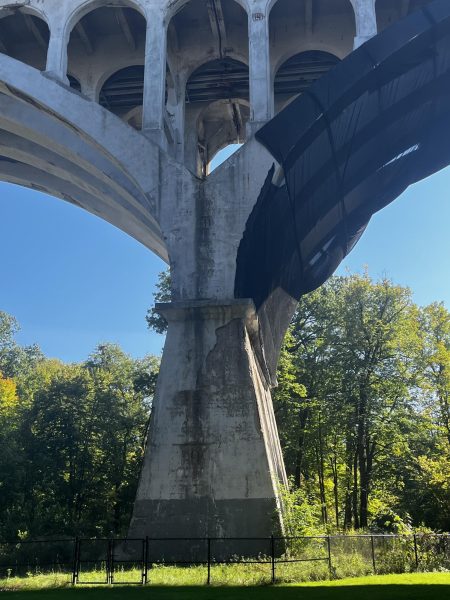
In the valley of the Metroparks, one of the concrete arches has begun to erode. As Sean McDermott, Chief Planning and Design Officer for the Cleveland Metroparks and Chair of the Lakewood Planning Commission, said, “The salt that we put on our roads for winter de-icing has really been absorbed into the concrete structure of the bridge, which has resulted in spalling and all sorts of degradation of the concrete itself.”
Spalling occurs when a bridge begins to break off in fragments. Although Cuyahoga County, the owner of the bridge, has put a net under the arch to prevent fragmented pieces from hurting anyone, questions remain about what will happen if the whole structure spalls. There is a 71 percent chance that a La Niña weather system will appear this winter, meaning that the bridge will encounter more salt than it has in previous years. A La Niña year is part of the natural climate cycle, during which Pacific Ocean waters become colder, resulting in a snowier, colder winter for the North.
The thousands of people who drive over the Hilliard Bridge and Riverside Drive have also noticed the apparent lack of renovations on the roads leading up to the bridge on the Lakewood side. “The road is falling apart,” said Lilly Boland, a driver who lives nearby and is very active on the roads. She is correct. The roads are falling apart. There are potholes, random cones placed everywhere, and warps in the pavement. Think of any road issue, and it’s almost guaranteed to be there.
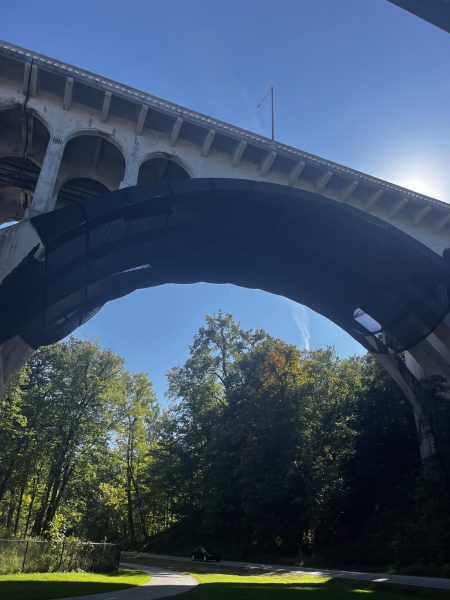
People walking in the Metroparks can also notice the Hilliard Bridge eroding in various ways. The net that Cuyahoga County installed has changed visitors’ perspectives on the beauty in that area of the park. Nora Kelly, an active walker in the Metroparks, says, “ I love the Metroparks scenery, but ever since the net has been put there, it’s just not as enjoyable as it once was.”
This bridge is clearly nearing the end of its life, showing clear signs of deterioration. Fortunately, the county is looking into a solution to build a new bridge. McDermott said, “It will, realistically, probably take three to four more years. Federal funding for infrastructure is hard to come by right now.”
Will people have to wait four more years until the roads surrounding the bridge are mended? Will they have to wait four more years until there is no more safety risk? Will they have to wait four more years for another unappealing I-90 bridge look-alike?
While these are good questions, all residents can hope for is that the bridge gets rebuilt quickly.
*Sean McDermott is my father




